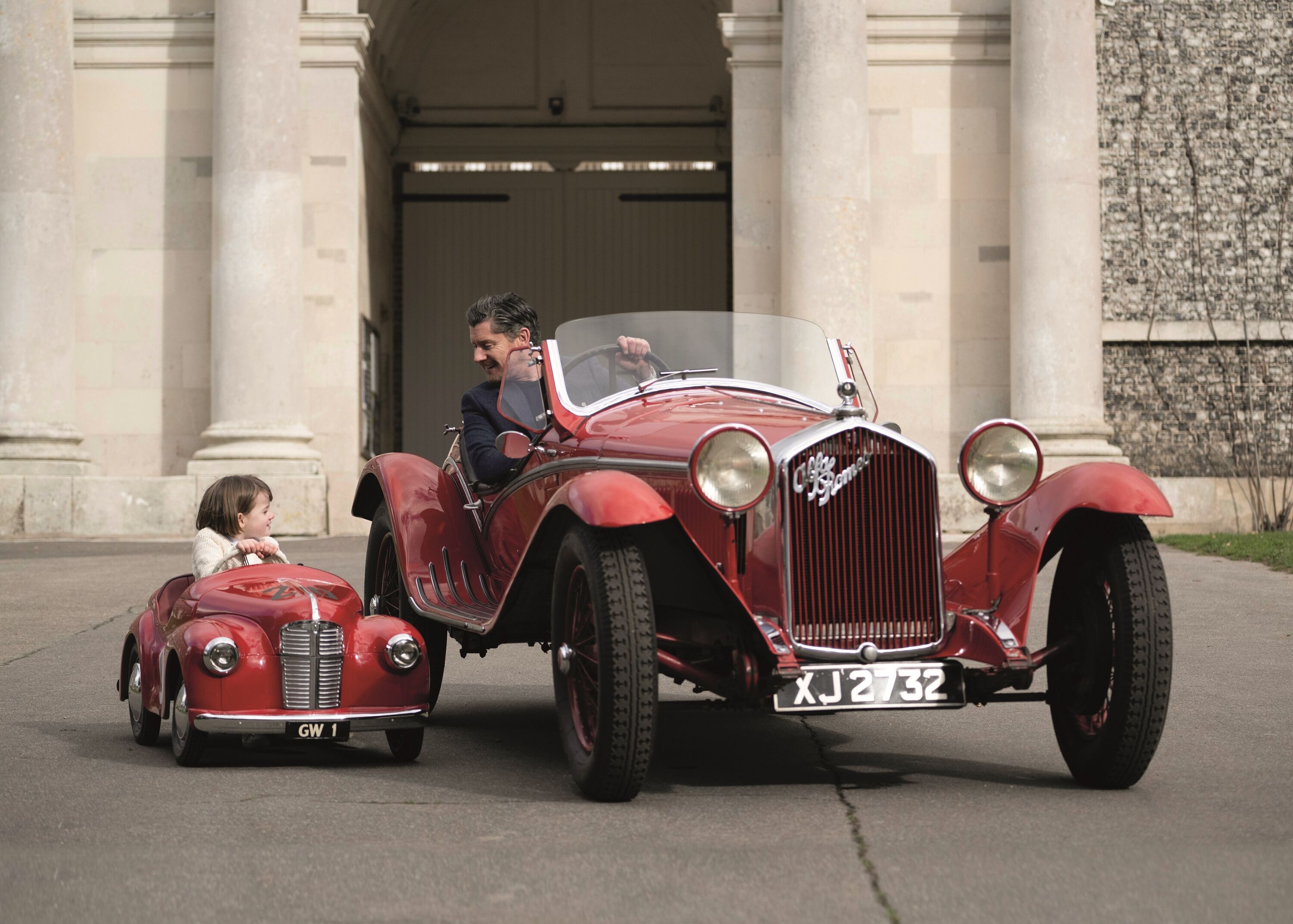The GT3 is the best Lotus Esprit | Thank Frankel it’s Friday
 Andrew Frankel
Andrew Frankel
I went this week to Hethel to drive the new Lotus Emira on both road and track, which I duly did, but if you’re hoping for details of what it is like, I fear I am to be a disappointment to you. Because of the curious way this world works these days, before you’re allowed in such cars you’re made to sign an NDA committing you to not breathing a word about your experiences until a pre-determined date. 7th June, on this occasion as you’re asking.

But every time I come here, I wonder what Colin Chapman would think of the place if he saw it now. His original main building still stands, but is so small, secondary and tucked away behind the shiny new factory walls. You could spend a day here and miss it entirely. In the main build facility, autonomous trolleys work their way around the factory floor, bearing Emiras in varying states of undress, visiting station after station until they’re fit to be seen in public. Even the old test track, while still there, is barely recognisable, its original boomerang shape now twisted and contorted into a far more useful, less terrifying facility. I think he’d have been amazed, and in a good way. Chapman, like Ferrari, never looked back.
I first came here over 30 years, to be taught how to drive by none other than former Team Lotus F1 driver, and Jochen Rindt’s team mate, John Miles. But the first time I drove really fast around the track was in 1995, when I went to test Alex Zanardi’s Lotus Esprit GT2 race car. That car was an amazing thing: with only around 385PS (283kW) it was totally outpowered by race versions of the McLaren F1, Porsche 911 and Ferrari F40, but put a proper driver behind the wheel and level the playing field by doing a little rain dance and it was something of a giant killer.

I can remember asking team manager George Howard-Chappell whether it was true that Alex could take the notorious Windsock corner flat out and he said that, sure, Alex was flat.
‘How,’ I asked incredulous.
‘He just goes flat,’ came the reply. And somewhere I have a photograph of me in that car going through that corner, with showers of sparks flying out from underneath it. And I was nowhere near flat.
But it was another GT-badged Esprit that really caught my eye this week. I knew Gavan Kershaw – whose job it is to determine how a Lotus drives – was coming over to say hello, I didn’t know he’d turn up in his immaculate Esprit GT3. There I was, just about to get in an Emira, being greeted by an old mate and all I wanted to do was go and drool over his car.
Do you remember the GT3? It came in 1997, towards the end of Esprit production and can best be described as an Esprit ClubSport. It was stripped out, with air-conditioning, plush seats, airbags, sound deadening and stereo all consigned to the options list. The big rear wing was gone, as were the 18-inch OZ split rim alloys of the contemporaneous Esprit V8. But the big news was the engine: it was the first Esprit model since the 1970s to be fitted as standard with a 2.0-litre engine instead of the 2.2-litre motor used from the S2 onwards. This was spun by Lotus as a means of keeping the price down, though I was told on the quiet it was a way of getting rid of a batch of unwanted 2.0-litre motors created specifically as tax break specials for the Italian market. Things got notably more expensive for engines larger than this, which is why Ferrari went to so far as to create 2.0-litre V8 engines for the 308 to sell out there, both with and without turbos. But that’s another story.
The point about the GT3 was that it was light – allegedly 150kg lighter than the V8 – and at the time conspicuously good value. At £39,450 when new, it was over £20,000 cheaper than the V8. Yes, really. And it was brilliant to drive. That 20-litre chargecooled motor was meant to be good for 243PS (179kW), but given a cool morning with some nice dense air around and it would easily yield 267PS (196kW), which is not that much less than that of the 289PS (213kW) S4S.
You had to work that motor: there was precious little below 3,000rpm and you needed to be careful with the rather clunky gearbox, but get it percolating in the upper reaches of it rev range and this plastic, mid-engined, 2.0-litre supercar flew. But it’s the handling I remember most. Because it was light, because it was not over-tyred and because any Esprit is a naturally brilliant handling car, the GT3 was simply superb from point to point. More fun than a V8? You bet. More fun, indeed, than any Esprit I’ve driven with the sole exception of the super-specialist, ultra-rare and now terrifyingly expensive Sport 300.
I loved that car when I first drove it 25 years ago, yet it slipped from my mind and I’ve not really thought about GT3 Esprits for many years. Then I saw Kershaw’s and now I can’t think of anything else. The good news is he’s promised me I can have a go in it, an offer as kind as it was rash and which I will be taking up at the earliest possible opportunity.
Lotus
Esprit
GT3
Thank Frankel it's Friday

Andrew Frankel
My Lotus Esprit couldn’t complete a journey without breaking – Thank Frankel it’s Friday

Andrew Frankel
Thank Frankel it's Friday: Return to a classic of your youth at your peril

News
The Elise is one of the world’s finest | Thank Frankel it’s Friday




